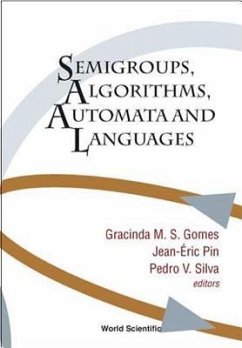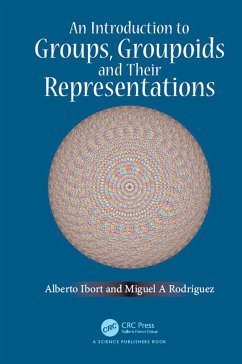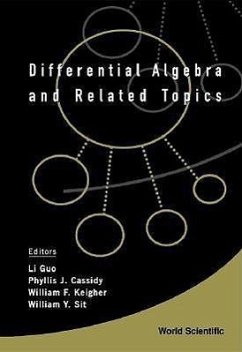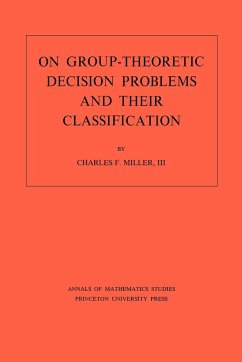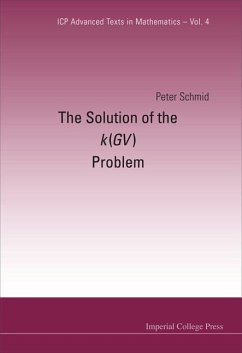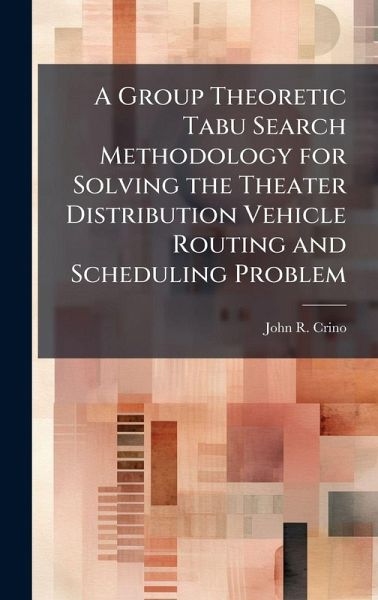
A Group Theoretic Tabu Search Methodology for Solving the Theater Distribution Vehicle Routing and Scheduling Problem
Versandkostenfrei!
Versandfertig in über 4 Wochen
34,99 €
inkl. MwSt.
Weitere Ausgaben:

PAYBACK Punkte
17 °P sammeln!
The application of Group Theory to Tabu Search is a new and exciting field of research. This dissertation applies and extends some of Colletti's (1999) seminal work in group theory and metaheuristics in order to solve the theater distribution vehicle routing and scheduling problem (TDVRSP). This research produced a robust, efficient, effective and flexible generalized theater distribution model that prescribes the routing and scheduling of multi-modal theater transportation assets to provide economically efficient time definite delivery of cargo to customers. In doing so, advances are provided...
The application of Group Theory to Tabu Search is a new and exciting field of research. This dissertation applies and extends some of Colletti's (1999) seminal work in group theory and metaheuristics in order to solve the theater distribution vehicle routing and scheduling problem (TDVRSP). This research produced a robust, efficient, effective and flexible generalized theater distribution model that prescribes the routing and scheduling of multi-modal theater transportation assets to provide economically efficient time definite delivery of cargo to customers. In doing so, advances are provided in the field of group theoretic tabu search and its application to difficult combinatorial optimization problems, e.g., the multiple trip multiple services vehicle routing and scheduling problem with hubs and other defining constraints. This work has been selected by scholars as being culturally important, and is part of the knowledge base of civilization as we know it. This work was reproduced from the original artifact, and remains as true to the original work as possible. Therefore, you will see the original copyright references, library stamps (as most of these works have been housed in our most important libraries around the world), and other notations in the work. This work is in the public domain in the United States of America, and possibly other nations. Within the United States, you may freely copy and distribute this work, as no entity (individual or corporate) has a copyright on the body of the work. As a reproduction of a historical artifact, this work may contain missing or blurred pages, poor pictures, errant marks, etc. Scholars believe, and we concur, that this work is important enough to be preserved, reproduced, and made generally available to the public. We appreciate your support of the preservation process, and thank you for being an important part of keeping this knowledge alive and relevant.






